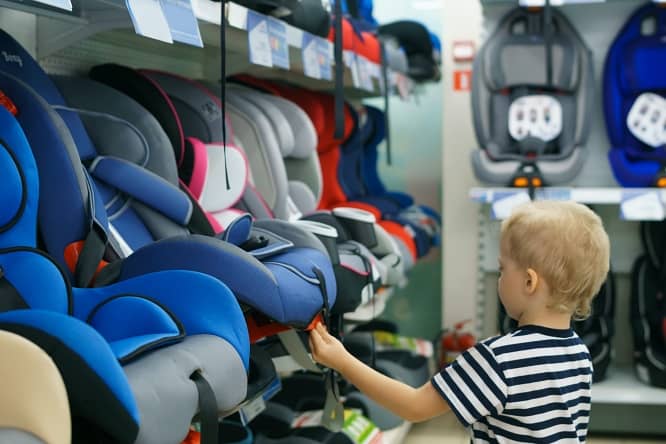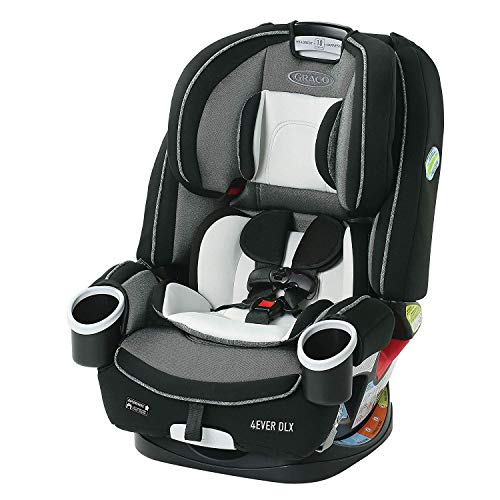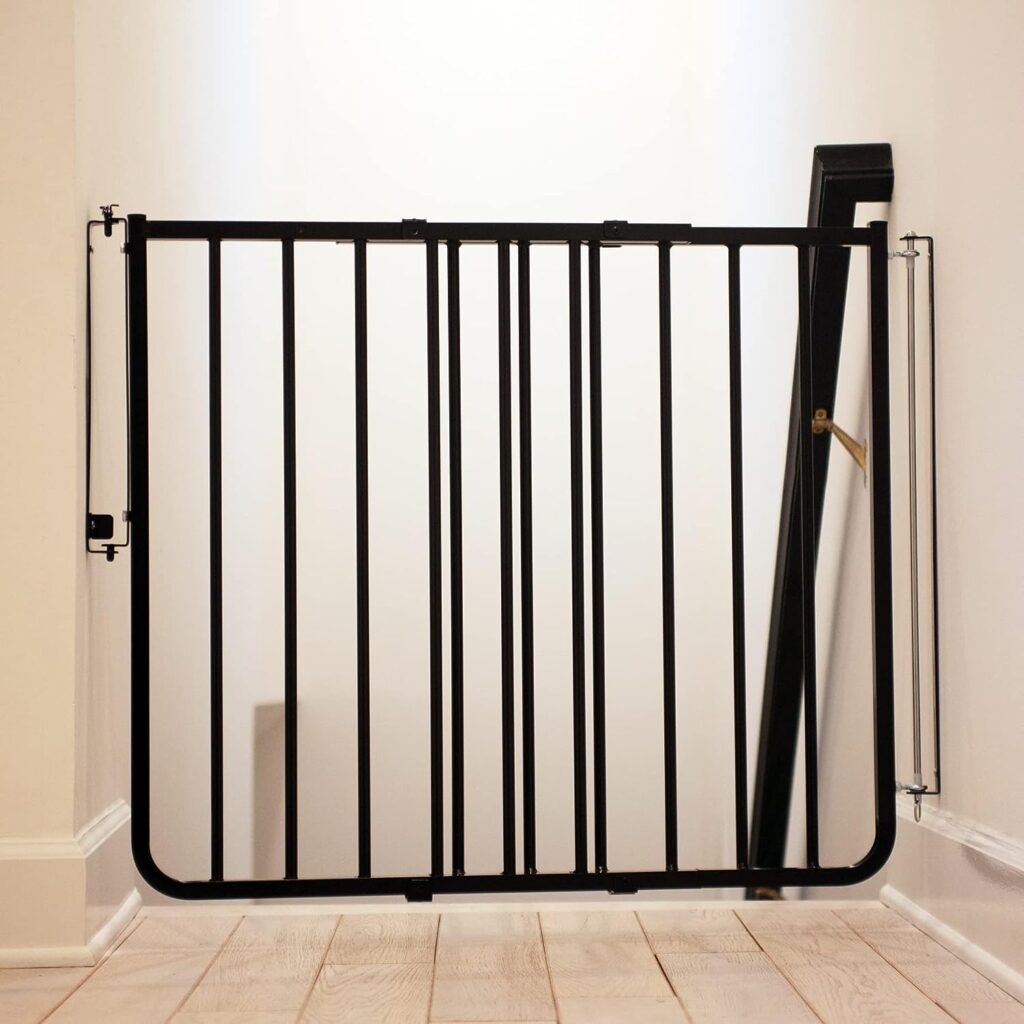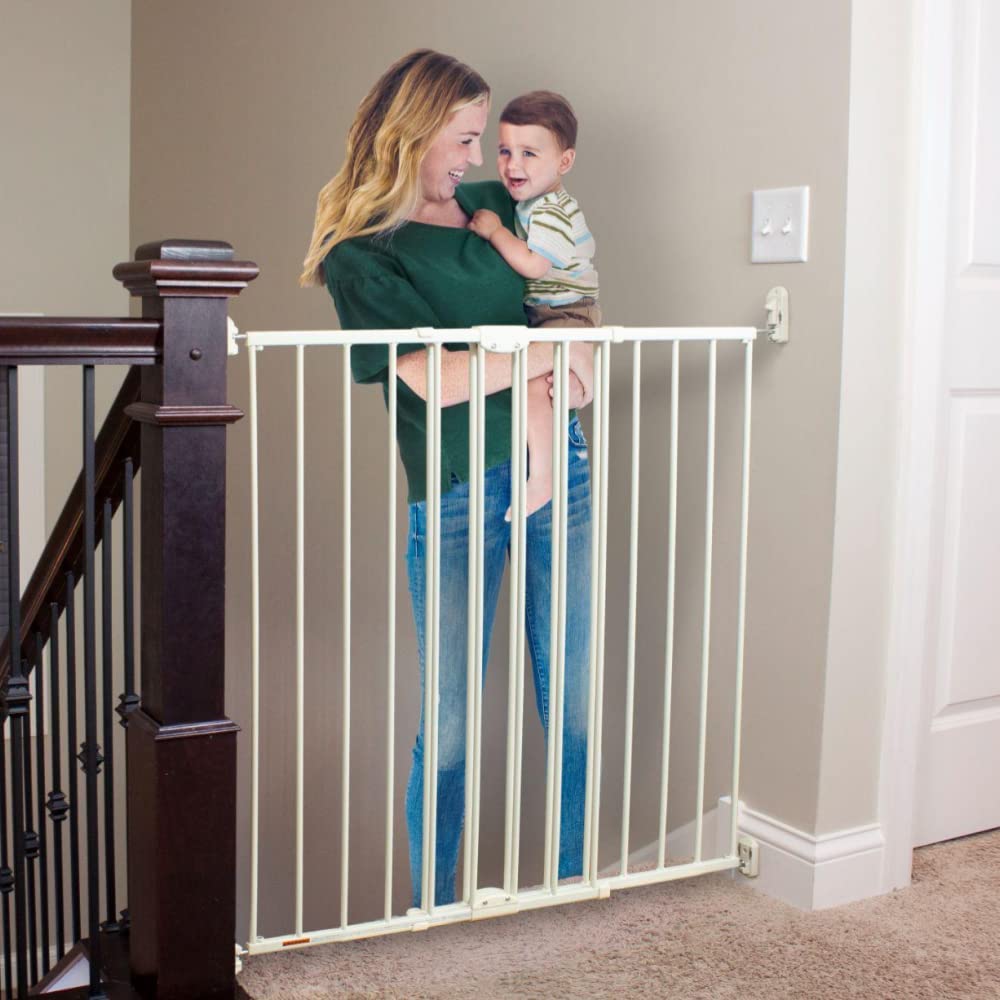Have you been wondering how to go about choosing a car seat for your child? There are so many different types and styles on the market, that honestly it can get quite overwhelming!
This guide is here to help you find the answers you are looking and clear up any confusion you may have about what type of car seat is preferable or needed depending on your child’s age, stage, and size.

Why is it important to choose carefully when deciding on a car seat? The truth is that there are very few “one-size-fits-all” options on the market, so in order to keep your child safe, you will need to be using a seat that takes into consideration their height, weight, maturity level, and age.
Even after you pick the right seat for your child, it is equally important to make sure that it is installed correctly into the vehicle and also that your child is strapped in appropriately, as well. Mistakes can be fatal in the event of a crash, so always follow the instructions exactly and don’t cut corners.
What type of car seat should I put my child in?
This is a great question that every parent needs to ask!
Do you have a newborn, a toddler, or an older child? What is their age, size, and maturity level? The answers to these questions will help you pinpoint the correct type of car seat and installation that is necessary for keeping your child safe.
Do not assume that any seat will work for any child. You will need to know the height and weight limits of any potential seat and compare those to your child’s measurements. Consider that you will want to choose a seat that allows your child some “growing room” so that it will last a while before you need to buy a new seat.
Before deciding on a seat, know your child’s height and weight (and of course, age). This will help you to quickly get an idea of which direction is the right one. You will base your decision on several factors, such as the proper position they need to be in, what limits the seat has, what features you are looking for in a seat, and what your budget is.
Please remember that ALL car seats on the market today must pass the same minimum federal safety standards.
This means that more expensive car seats are not necessarily safer, despite any manufacturer claims. Whether any “extra safety claims” are true or not cannot be tested against the national standard or compared to any other car seats and thus, cannot be proven.
Become familiar with the two car seat positions:
Rear-Facing
There are 2 types of rear-facing seats:
The Infant Carrier Car Seat (This is a portable bucket-style seat with a handle and usually comes with a separate base) and The Convertible Car Seat (which can both rear-face or front-face and is not portable).
One of the first and most important considerations you will start with is if your child is able to rear-face.
In years past, parents were very quick to turn their child forward-facing as quickly as possible, but new research has come to light that extended rear-facing is preferable and safer.
The new mantra is to rear-face as long as your child stills fits the rear-facing mode in their car seat and has not reached the maximum height or weight limits, or a minimum of 2 years. Even better is to use a convertible car seat that will allow your child to do extended rear-facing, which allows for your child to reach 40-50 lbs before maxing out their car seat.
This means that many children as old as 4-6 years technically are still able to be rear-faced. This is not just a “fad” either. Facing backwards has been proven to save lives due to the protection that it provides your child’s spine and neck. The older your child is before turning them forward-facing, the better.
At the bare minimum, in most states, all children 2 years and younger must be properly strapped into a rear-facing car seat. There is no maximum age, but rather maximum sizes, based on the specs and limits of the car seat that you choose.
Front-Facing
There are several types of front-facing seats:
The Convertible Car Seat (which can both rear-face or front-face and is not portable), The All-in-One (similar to a convertible, but also transitions to a booster), The Combination Seat (can be used with a 5-pt harness or as a booster), The High Back Booster, and The Backless Booster.
If your child already has a convertible seat, knowing when to turn it forward-facing is easy to determine based on your child’s age and size. Are they at least 2 years old and have they reached the maximum height or weight for the rear-facing mode? If you can answer yes to both of these questions, then it is time to turn the car seat around to front-facing.
If your child does not have a convertible seat, but is ready to forward-face, then you will want to consider whether to buy a combination seat or a booster seat. Most children need to use a 5 pt harness until they are a minimum of 4-5 years old, but preferably longer. There is not a maximum age, but each seat has height and weight limits for their 5 pt harness systems.
The most important consideration for front-facing seats is whether or not your child is mature enough to sit properly in a booster for the entire ride (whether a high-back or backless) and if the seat belt sits exactly where it needs to (low across the hips, not on their belly, with the shoulder strap touching across the middle of their shoulder). If either of these situations are even “iffy”, our recommendation is to keep your child in a 5 pt harness until they reach the maximum limits of that mode or until your child is able to properly ride in booster mode.
If you are deciding between a high-back booster and backless booster, consider again the age and maturity of your child, as well as whether your vehicle offers proper head and neck support.
Become Familiar with the 6 Type of Car Seats:
Infant Carriers
Designed for ages: Newborn to Several Months Old
These are bucket-style seats that detach from their bases. They have a carrying handle and are very portable. These are great for moving your baby in/out of the vehicle without needing to unstrap them first.
They often are used with travel systems, meaning they can be used in conjunction with certain stroller frames or with multiple bases, if you have more than one car.
Never leave your child unattended in an infant carrier, nor use it for your child to sleep in when it is not properly installed in a vehicle (or compatible stroller frame).
This is due to the fact that a baby can asphyxiate if the seat is not sitting at the proper angle, such as when it is merely sitting on a floor or other surface. Infant carriers are typically used for newborns or young babies.
Check out our full guide to the best infant carrier car seats!
Convertibles
Designed for ages: Newborn to Toddler (Rear-Facing to a Minimum of 2 Years Old)
Whether you choose to use an infant carrier first or not, virtually all children will need a convertible car seat.
This type of seat is designed to be used rear-facing until the child is a minimum of 2 years (preferably longer) or until they outgrow the height & weight limits of the rear-facing mode. In front-facing mode, they continue to secure your child via a 5 pt harness.
These are not portable seats and are designed to be left in the car. They usually have multiple recline angles, depending on the age and size of your child. Typically they are installed with either the LATCH system or the vehicle’s seat belt, but never use both at the same time.
When used front-facing always use the top tether to secure the seat to the vehicle seat via the LATCH system. A convertible car seat is perfect for young babies through toddlerhood.
Check out our full guide to the best convertible car seats!
All-in-ones (Convertible to Booster)
Designed for ages: Newborn to Older Child
Much like the aforementioned convertibles, all-in-one car seats simply have extended modes that range from rear-facing, front-facing 5 pt harness, highback booster, and sometimes backless booster.
This means that you have the option of buying one car seat that will potentially serve your child’s needs for up to 10 years without needing to buy a new car seat from birth to booster.
Again, these are not portable seats and tend to be large and heavy. Whether their extra cost is “worth it” is highly debated, but many parents love the buy-it-once concept when it comes to car seats.
They are fantastic inventions since they can secure a child from birth through the booster years, but keep in mind, they are liable to be quite worn and dirty by the end of that time.
Check out our full guide to the best all-in-one car seats!
Combination Seats (Forward-facing Harness to Booster)
Designed for ages: Older Toddler to Older Child
If your child is ready for front-facing mode due to age/height/weight limits and you are needing a new car seat, don’t bother with a convertible since you won’t need the rear-facing mode.
In this case, you should explore combination seats. These provide a 5-pt harness to certain size limits and then can be used as a highback booster once those limits are reached.
Check out our full guide to the best combination car seats!
High Back Booster
Designed for ages: Older Toddler to Older Child (Minimum of at least 4 Years)
If your child no longer needs to be secured via a 5-pt harness system, due to their age, height, weight, and maturity level, a high back booster is a great option for providing extra security and boundaries around your child as they learn to sit properly and stay within the confines of a seat belt.
There is no need to rush the stage of using boosters, but some 4-5 year olds may be ready.
High back boosters provide head and neck support if it is lacking in your vehicle, as well as giving your child a place to lean their head if they fall asleep.
Plus a high back booster helps the vehicle seat belt to fit your child properly by routing it low on their hips while keeping the shoulder belt touching the midportion of their shoulder.
Check out our full guide to the best high back booster seats!
Backless Booster
Designed for ages: Older Child (Minimum of at least 5-6 Years)
If your vehicle has proper head and neck support via a headrest, and your child is older and larger, you may be ready to transition them to a backless booster.
We recommend that these are reserved for children who have already outgrown the limits of their previous car seats and that booster-usage should not be rushed.
That being said, once your child is older and using a booster, they will likely need to continue to use a booster until they are as old as 9-12 years or until they can pass the 5 Step Test by saying YES to all 5 of the following:
- Their back is against the vehicle seat
- Their knees bend at the edge of the seat
- The lap belt rest on the across their hips, not their belly
- The shoulder belt makes contact between their neck and shoulder
- They can sit properly for the whole ride (no slouching, leaning, moving the seat belt)
Check out our full guide to the best backless booster seats!
Quick List: What Should I Consider Before Buying a Car Seat?
- What is your child’s age, height, weight, and maturity level?
- What type of car seat do you need?
- What is your budget?
- Do you want/need a seat that is more portable/lightweight or one that is heavy with more substance?
- What features are most important to you? (i.e. Ease of Install, Ease of Washing, Ease of Adjusting Straps, etc…)
- What features are you not willing to pay extra for?
- How long do you want/expect the car seat to last you?
- Will the car seat fit well in your vehicle? Will you use LATCH or the seat belt for install?
- How many car seats do you need and where will you place them in your vehicle?
- Does your child fit well in the seat and feel comfortable in it?
















